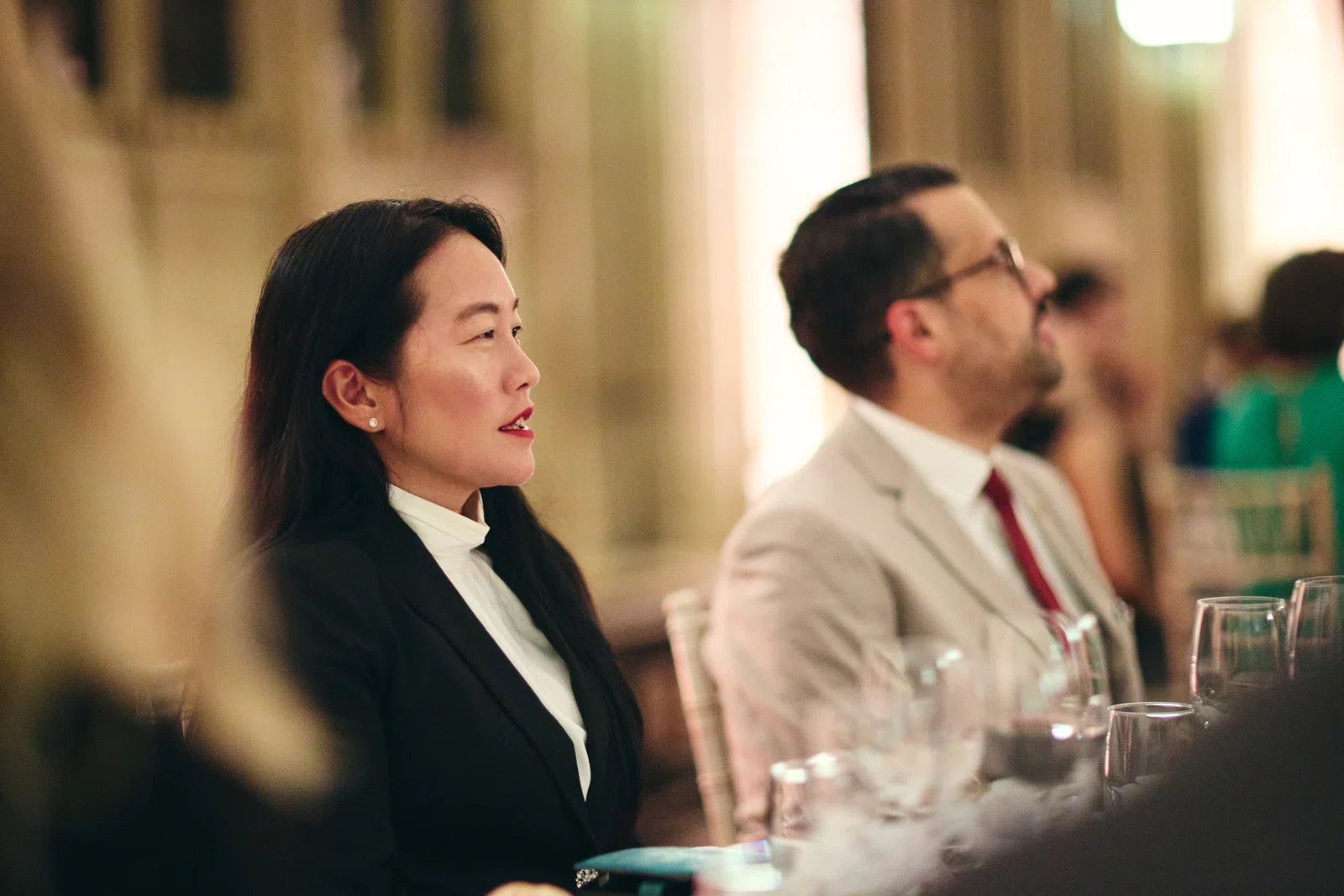
Close
result
The Leadership, Influence, and Authority Conundrum

One of the most noticeable developments in our collective interpretation of the chief of staff role is reflected in the changing nature of our conversations about leadership.
‘Understanding the span of your command in a leadership post is really important.’
Traditional thinking about leadership has tended to focus on leaders as individuals – how they operate and what personality traits they display. People could be born leaders or given leadership skills through development programmes or business education as they moved upwards through the organisational hierarchy.
Even though there is now greater interest in distributed and collaborative leadership and the function of leadership teams at the top of organisations, there is still a sense that leadership is about certain qualities that an individual possesses, and that these qualities can be held entirely independently of an organisational position.
This is where the idea of ‘leading without authority’ comes into play. It has been discussed directly in previous programmes and also resurfaced in this one, but the actual amount of authority bound up in a chief of staff role still varies considerably, on a spectrum between none at all to absolute.
'As chiefs of staff, we don't have any direct authority. But we're influencing most of the time.'
'Lots of people are saying we don't have authority. I disagree with that. I feel like I have total authority a lot of the time. Without it, we couldn’t have managed COVID. We couldn’t have managed a university and COVID without my ability to say, ‘do this’ and 'it is done.'
We cannot conclude that chiefs of staff are always defined as leaders without authority.
A more helpful way of understanding the chief of staff role starts with thinking of leadership as a phenomenon or a process. The chief of staff facilitates the effectiveness of leadership (including the effectiveness of individual leaders) in and of the organisation. This can take the form of exhibiting recognised leader behaviours themselves or influencing behind the scenes: it depends on the organisation and the situation.
For example, participants discussed their role in the vital task of helping their organisation align behind a clear purpose:
'If we are able to enable all our leaders to equally take the responsibility, or at least groom them to get there, that's half the job done.'
From my perspective, there is no single role in the organisation should tackle that and take the responsibility for all that alignment. The chief of staff is part of a team of players including the core strategy team, the Board, the CEO or the business unit head. So I should be as the chief of staff part of that team to make sure that all that alignment is happening.'
So chiefs of staff see themselves as interacting with and influencing all the leaders of the organisation, but the central relationship remains that with the principal.
'Part of the chief of staff job is to connect the CEO, understand that that person's team sees things differently.'
'From a chief of staff role perspective, it's about helping your principal, whoever that may be, whichever role that is, chief executive or otherwise. Their terms, their strategic decision-making. But what questions should they be asking? What choices should they be making based upon what conversations and with whom, and how good are those conversations?'
'It’s about how can you be an honest friend to your principal and give him the feedback in the way he can consume it. But it’s also about doing the same with the other stakeholders.'
The principal of course does have a leadership role, and the chief of staff enhances the principal’s individual performance in that role. This can be done by taking the lead on implementing and executing the organisational purpose and strategy as agreed by the principal:
'We as chiefs of staff were kind of like the executioners. We execute the purpose, you know, essentially trickle down from our principals.'
It can also be by acting as ‘devil’s advocate’: challenging and testing the principal’s decisions. Interestingly, one participant saw even this as a team activity, worrying that, with a continuation of hybrid working, they were the only person challenging the principal.
'What's the challenge to the CEO? I'm in five days, he's in five days. But you know, there are many, many days I'm the only one challenging him and it would be nice to have some company.'





